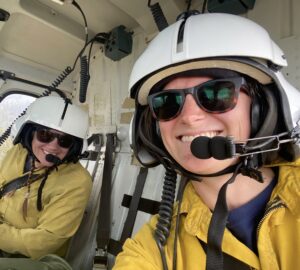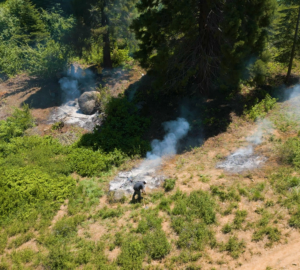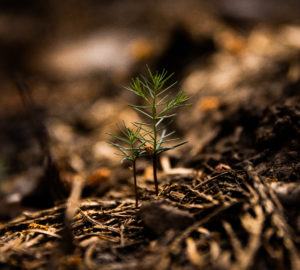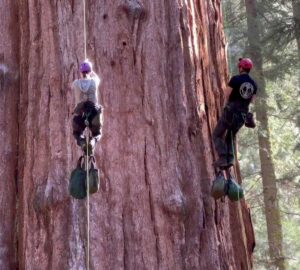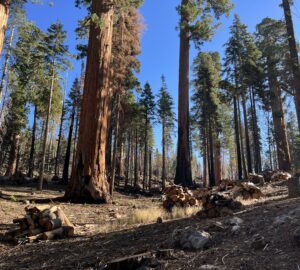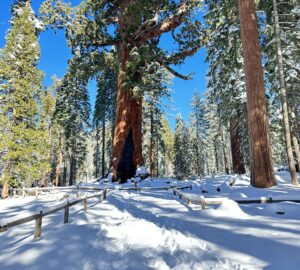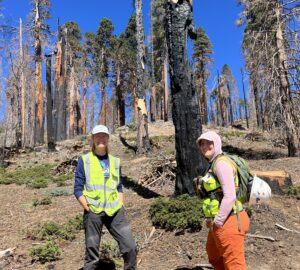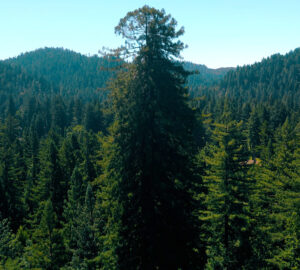Restoration, cultural burns, and wildfire response keyed Coalition's 2024 successes
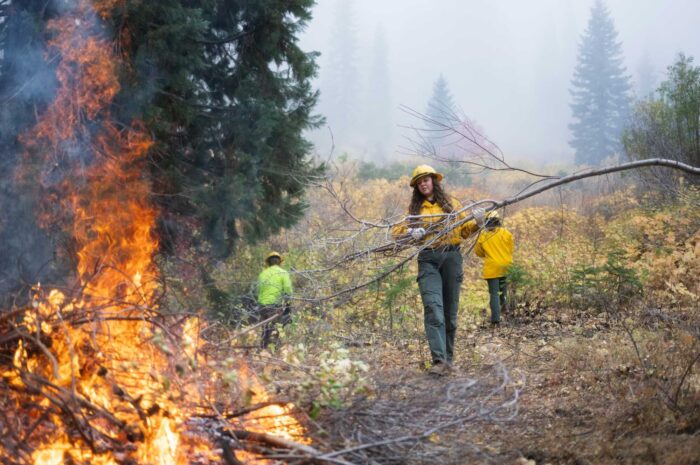
Standing awestruck in a giant sequoia grove, the largest trees on the planet towering overhead, it’s hard to imagine anything threatening these behemoths. Some of these trees are likely thousands of years old and have lived through so much. What could possibly harm these icons of the Sierra Nevada range?
But magnificent as they may be, giant sequoias aren’t immortal. An increasingly extreme climate means new threats for these old souls of the mountains, including severe wildfires, beetle infestation, and drought. In fact, we lost one-fifth of the world’s giant sequoias to wildfires alone in the past decade.
That’s where the Giant Sequoia Lands Coalition comes in. It’s an alliance of nearly two dozen giant sequoia land stewards, including Save the Redwoods League, working to shepherd vulnerable groves through unprecedented challenges. Are you into Marvel movies? Think of the GSLC as a team of conservation Avengers, bringing forest science, advocacy, and Traditional Ecological Knowledge (TEK) to the fight to save giant sequoias.
Now in its fourth year, the Coalition has taken big steps forward to safeguard vulnerable groves today and for the future. Let’s look at the program’s impressive 2024 highlights.
Boots-on the-ground efforts drive rapid progress
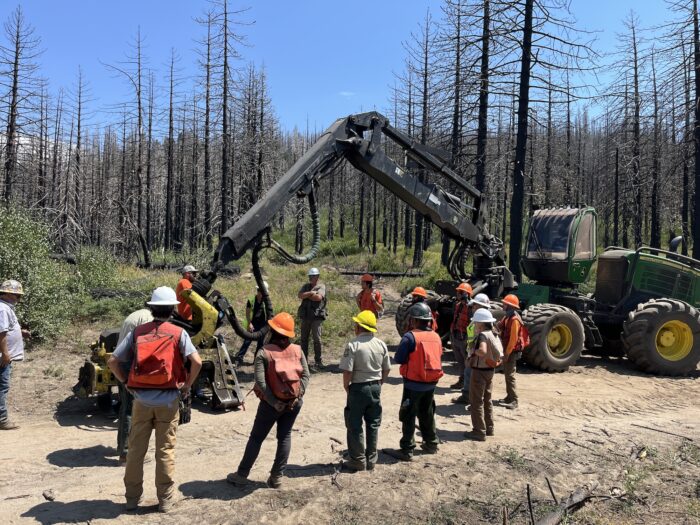
In 2024, the League continued restoration work at our Alder Creek property, home to the Stagg Tree, the fifth largest giant sequoia on Earth. Like other groves within Giant Sequoia National Monument, Alder Creek partially burned in the 2020 Castle Fire. To aid forest recovery, the League helped plant 8,500 native seedlings—including 1,300 giant sequoia seedlings—in areas where new seedling numbers were low. That’s in addition to tens of thousands of seedlings planted here in previous years. Restoration efforts also focused on removing accumulated fuels, including dead trees and excess vegetation, so that future wildfires won’t be as severe.
At the same time, the League moved forward on restoration work in Packsaddle Grove, on the southern edge of the monument, which burned in the 2021 Windy Fire. Altogether, about 840 acres—roughly the same size as Central Park—have been restored in Alder Creek and Packsaddle.
“The Giant Sequoia Lands Coalition originated in a time of crisis. Today, it is a model for collaboration, restoration, and stewardship based in science and ecocultural knowledge,” says Ben Blom, League director of stewardship and restoration and chair of the GSLC restoration committee. “We are poised to deepen our impact across the range in 2025.”
To help plan for that future, GSLC members and partner organizations spent significant time in 2024 developing a series of sequoia grove vulnerability models. The models rank groves based on their exposure to three serious threats: severe wildfire, drought, and a lack of healthy replacement saplings. Knowing which groves are the most vulnerable will help forest managers predict where resources should be marshaled. GSLC members also entered a wealth of sequoia data into a shareable portal that each member organization can access. This kind of catalogued scientific knowledge will be crucial in the years ahead.
The Coffee Pot Fire puts theory into practice
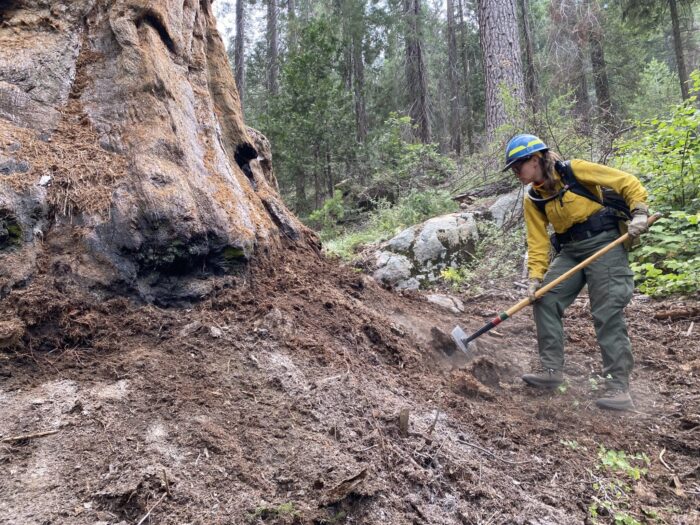
In early August 2024, a lightning strike ignited a fire near Case Mountain, in the southwest corner of Sequoia National Park. The Coffee Pot Fire, as it came to be known, eventually consumed more than 14,000 acres. The wildfire was an opportunity for the GSLC to strategize sequoia grove protection in real-time. There was a lot to learn and a lot to be optimistic about going forward.
As soon as the fire was spotted, GSLC member agencies jumped into action, calling in sequoia professionals to devise how best to mitigate damage to the groves. Simply having that many sequoia experts on the ground made a real difference. They made informed plans to safeguard groves as flames approached, preventing many sequoias from being consumed by fire. First-hand assessments of fire impacts in the grove also provided valuable information on the effectiveness of wildfire resilience treatments.
The fire also showed that having GSLC representatives on hand to identify the needs of each monarch tree was more efficient than training non-sequoia advisors to identify the treatment needed. These learn-by-doing lessons will help streamline how the GSLC aids wildfire management efforts in the future.
What’s bugging the trees?

In California, an estimated 129 million trees have succumbed to a combination of drought stress and bark beetle infestation since 2016, according to the U.S. Forest Service. But these have mostly been pine and fir trees. Giant sequoias, sheathed in pest-repelling tannic bark, were thought to be largely resistant to the Sierra’s native bark beetles. In the past decade though, researchers began finding dead giant sequoia trees infested by beetles.
More data was needed to figure out whether these sequoias were killed by beetles, drought, or a combination of the two. In 2024, the Ancient Forest Society (AFS) inspected 154 giant sequoias across 11 different groves and found beetle activity in 96 percent of the trees. While the role beetles play in tree decline is still emerging, this level of activity is troubling. With that knowledge in hand, GSLC members, including researchers from the League, are working aggressively to monitor and mitigate the emerging beetle threat.
To raise beetle infestation awareness—and make sure the world’s largest tree was healthy—AFS researchers also performed a “checkup” of the General Sherman Tree, ascending to the crown in what’s thought to be the first-ever climb of the mighty giant. Happily, General Sherman passed with flying colors. Researchers noted some beetle activity in the ancient tree’s bark, but nothing that posed a significant threat.
A timeless way to manage forests
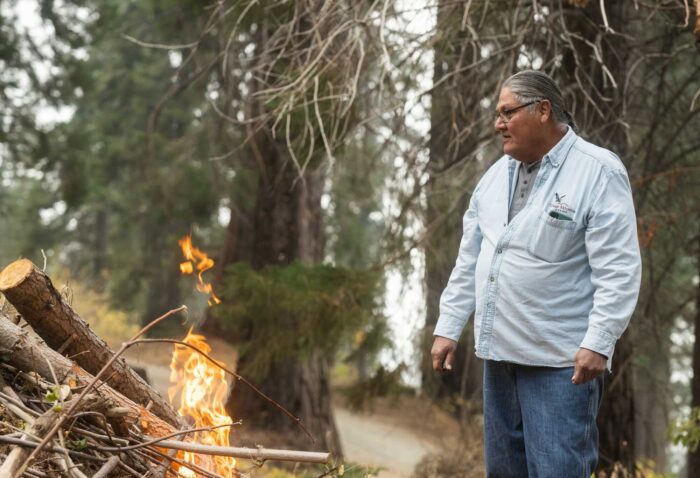
In 2024, Tribal communities with ancestral connections to the giant sequoias demonstrated two cultural burns at the Alder Creek Grove in Tulare County—the first cultural burns on League-managed land. At the second burn in October, over 100 people gathered for the demonstration, including League staff. The scent of burning sage filled the air as Ron W. Goode, chairman of the North Fork Mono Tribe, shared traditional stories and songs before several small fires were lit. Local tribal representatives included members of the Tule River Indian (a GSLC member), North Fork Mono, Tübatulabal, Choinumni, Wukchumni, Wuksachi, and Yowlumne Tribes.
Tribes have used low-intensity, carefully controlled burns to clear underbrush and promote the healthy growth of new plants in giant sequoia groves since time immemorial. “The cultural burn works because our people have been doing it for centuries,” says Vice Chair Shane Nieto of the Tule River Indian Tribe.
Reducing dry vegetation and other fuels also lessens the intensity of wildfires, slows their spread, and reduces smoke. It also means fewer dramatic, dangerous pyrocumulus clouds—the ones that get so big they create their own weather. As prescribed burns become an increasingly important tool to prevent megafires, adding cultural burns and other TEK practices to that toolkit only adds to the effectiveness of a fire management strategy. Beneficial fire is a big part of the GSLC’s plans going forward.
This feature appears in the beautiful printed edition of Redwoods magazine, a showcase of redwoods conservation stories, breathtaking photos, and ways you can help the forest. Only a selection of these stories are available online.
Join our thousands of members today for only $25, and you’ll get future editions of Redwoods magazine.

